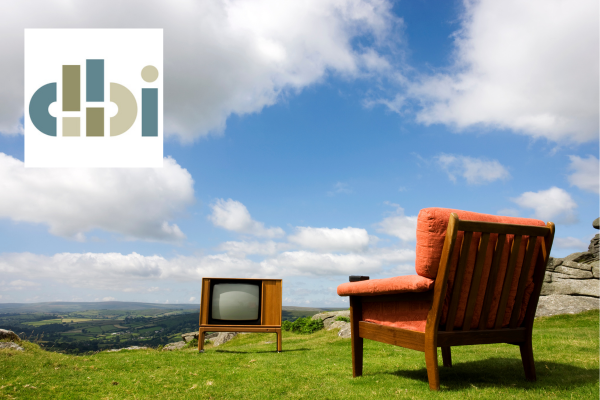
The one constant in the design industry is that emerging trends bring change. A renewed affinity for outdoor living has created tremendous opportunities for designers looking to expand their portfolios, and this trend is likely to be around for some time. The outdoor living and design market is projected to grow by billions of dollars in five years.
Alfresco living has become a popular trend in interior and landscape design. With people placing more importance on their outdoor spaces for relaxation, entertainment, and connection with nature, designing for outdoor living has become a key focus for designers.
In this blog, we will explore six trends in outdoor living design for 2023 and how designers can incorporate them into their portfolios.
-
Design for Entertainment
Many homeowners now shy away from traditional lawns of manicured grass, opting for xeriscaped areas and native plants. Additionally, excessive climate swings have turned consumer attention to how they use their outdoor spaces: bocce courts, wet weather creeks and sitting areas have become attractive features.
Design tip: Plan spaces to accommodate conservation trends and incorporate entertainment spaces.
-
Biophilic Design: Connecting with Nature
Biophilic design, which focuses on integrating natural elements into built environments, has gained significant traction in recent years and is expected to continue as a major trend in alfresco living design in 2023. Consumers prefer natural hardscaping for their walkways, living spaces and seating areas. Incorporating natural materials such as wood, stone, and plants into outdoor spaces can create a calming and rejuvenating atmosphere.
Design tip: Feature living walls, green roofs, and vertical gardens to add a touch of nature to outdoor areas. Additionally, incorporate water features like fountains or ponds to enhance further the connection with nature and create a tranquil ambiance.
-
Sustainable Design: Eco-Friendly Choices
With increased awareness and concern for the environment, sustainable design has become a significant trend in alfresco living. Designers can choose environmentally friendly materials for outdoor spaces, such as recycled or repurposed wood, low VOC (volatile organic compounds) paint, and energy-efficient lighting.
Design tip: Opt for eco-friendly practices like rainwater harvesting, composting, and native plant landscaping to minimize the environmental impact of the design.
-
Outdoor Kitchens: Extending the Living Space
Outdoor kitchens have gained popularity because they allow homeowners to extend their living space and entertain guests in their outdoor areas. Functional and stylish outdoor kitchens with features such as built-in grills, sinks, refrigerators, and ample counter space for food preparation produce impressive ROIs, sometimes as much as 55% or more.
Design tip: Showcase your creativity and expertise in outdoor kitchen design by including detailed renderings or 3D models with durable and weather-resistant materials, such as stainless steel or concrete, to ensure the longevity and functionality of outdoor kitchens.
-
Multifunctional Furniture: Space-Saving Solutions
Maximizing space is always a concern in alfresco living design, and multifunctional furniture can provide practical solutions. Modular mixed material furniture that can be easily rearranged or reconfigured adds versatility to outside living spaces. Examples of creative and functional outdoor furniture solutions in their portfolios can demonstrate the designer’s ability to create innovative designs that are both stylish and practical.
Design tip: Incorporate space-saving furniture, such as foldable tables, stackable chairs, and built-in storage benches, to optimize the functionality of outdoor spaces.
-
Technology Integration: Smart Outdoor Living
Integrating smart features into outdoor spaces has become a growing trend. Designers can incorporate outdoor lighting systems with programmable timers or motion sensors, smart irrigation systems that adjust watering schedules based on weather conditions, and outdoor speakers for immersive entertainment experiences.
Design tip: Highlight your expertise in incorporating smart technology into outdoor spaces, showcasing modern and convenient alfresco living spaces that cater to the needs of tech-savvy homeowners.
Integrating natural elements, sustainable design practices, functional outdoor kitchens, space-saving furniture, and smart technology characterizes outdoor living design in 2023.
How many of these trends does your portfolio include?
For more information on how to spot a great communicator in a design interview, please contact us here.